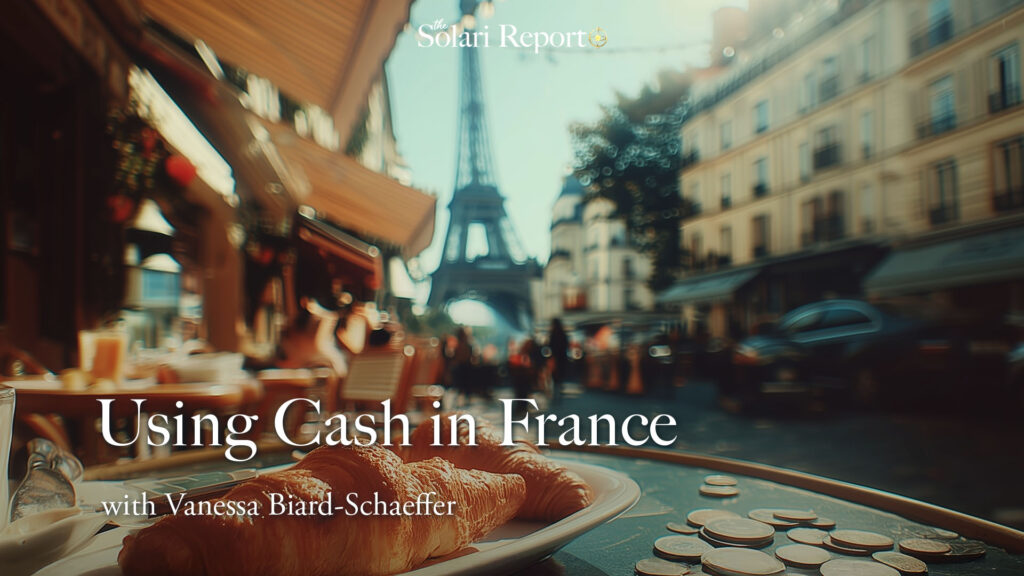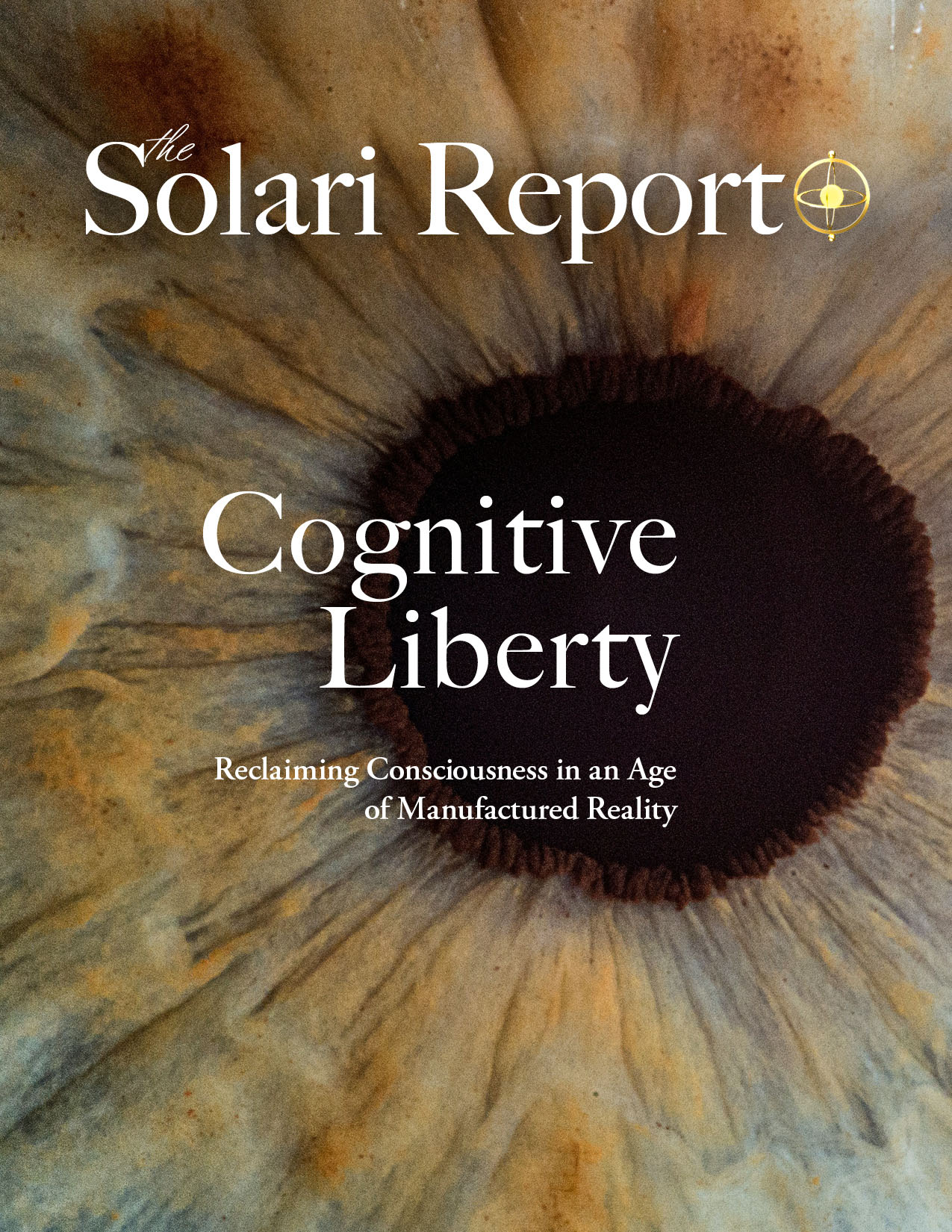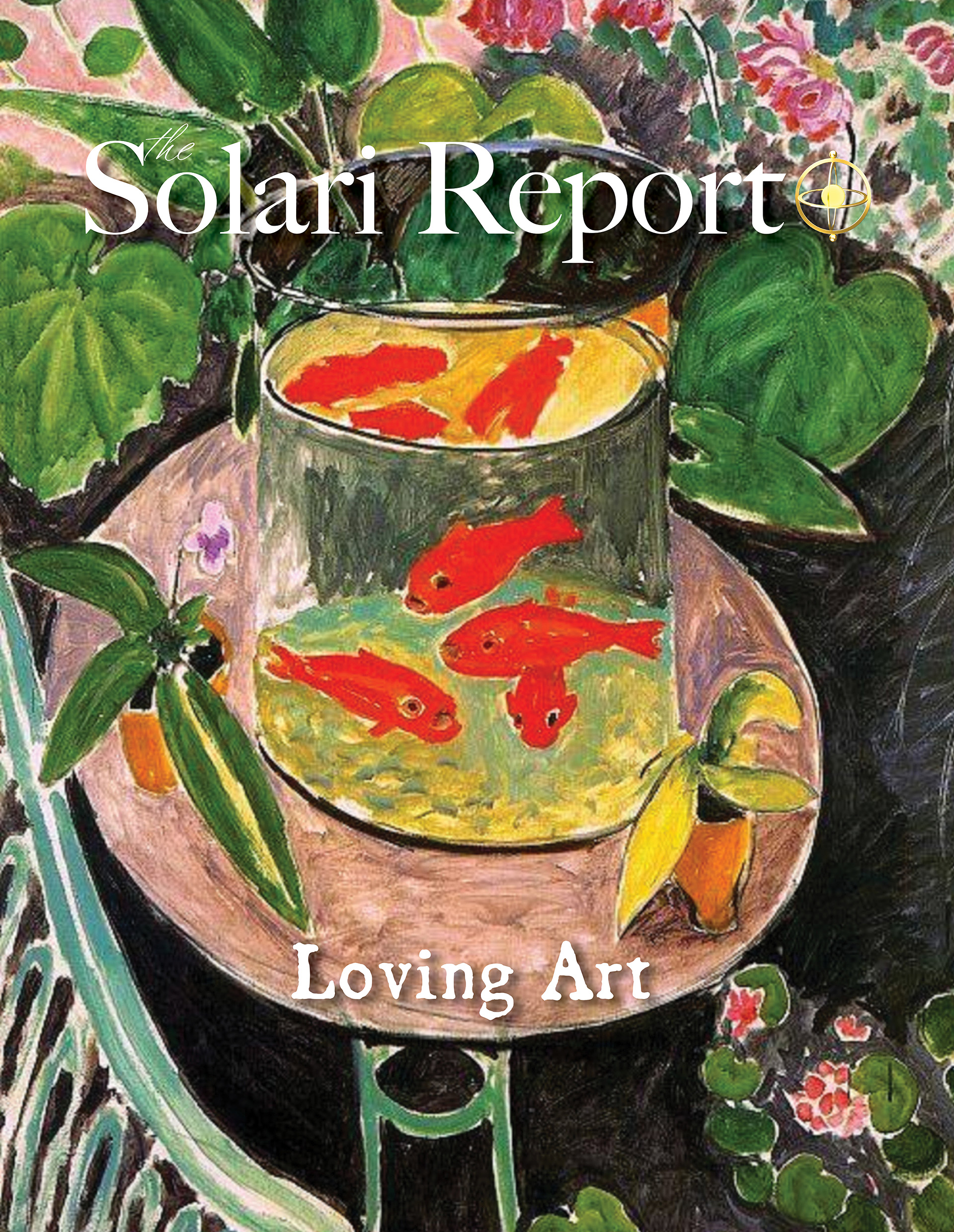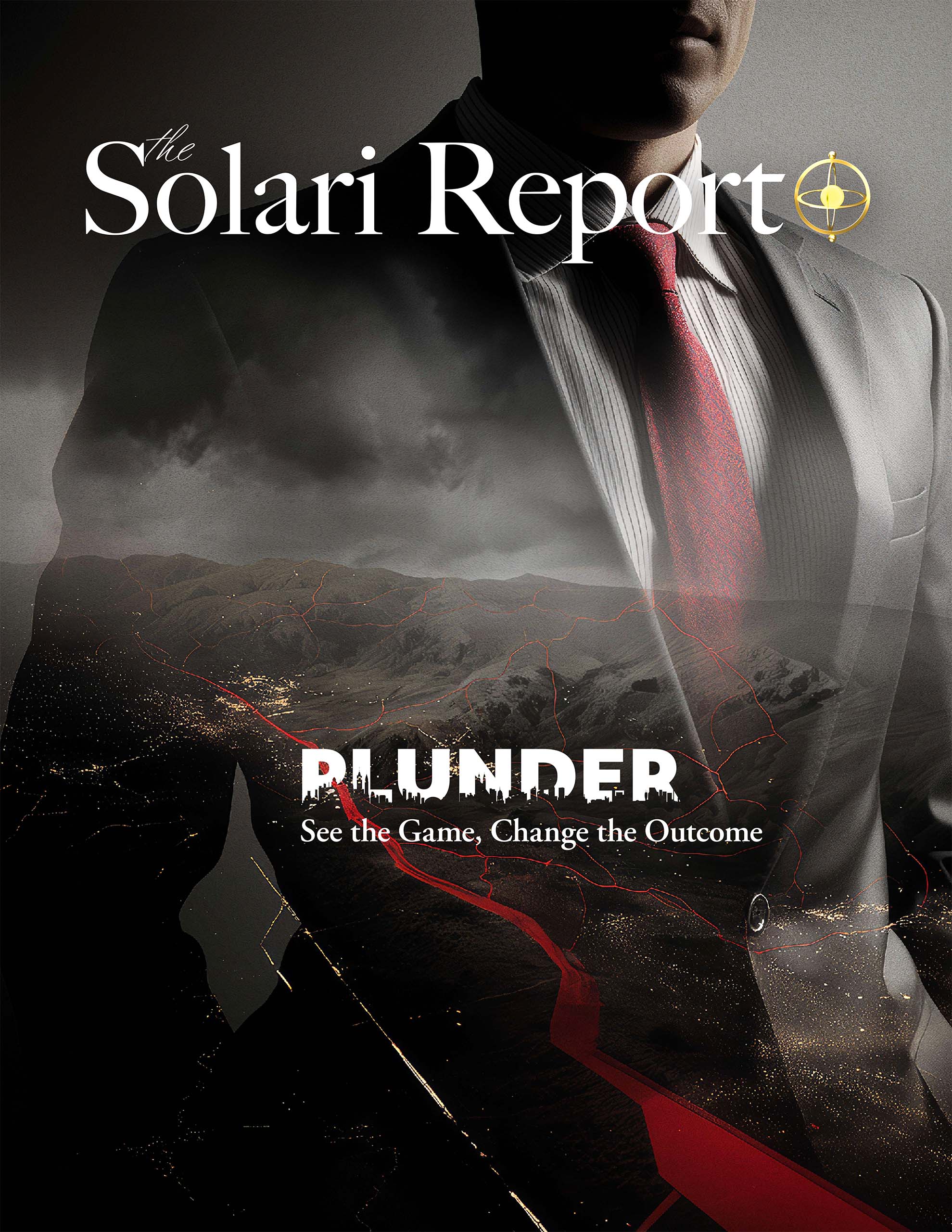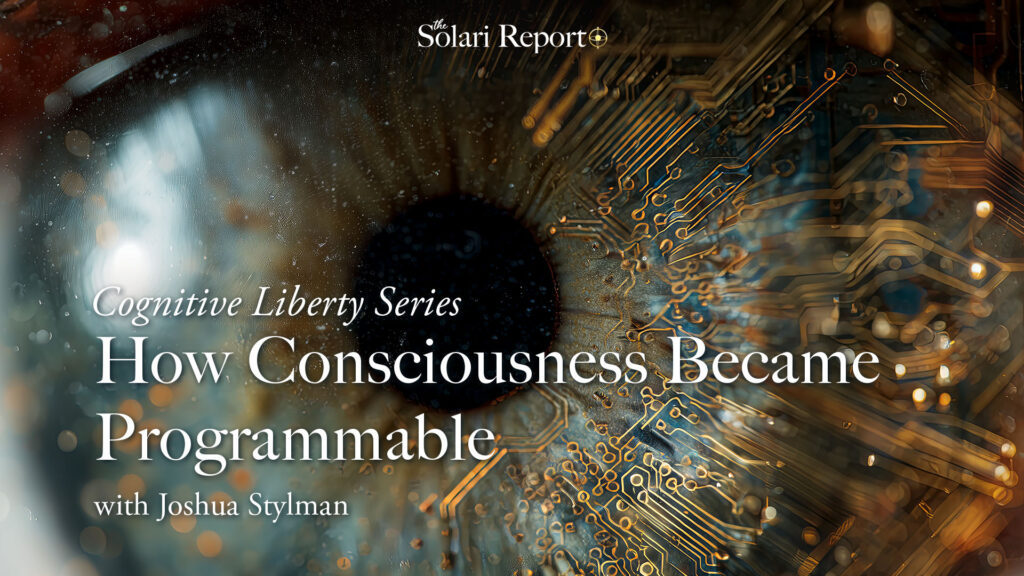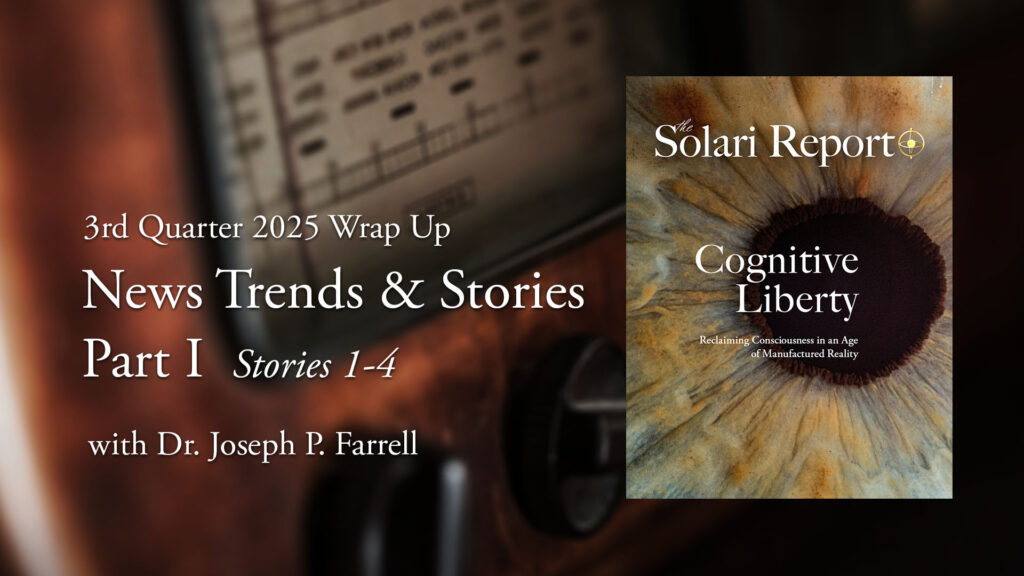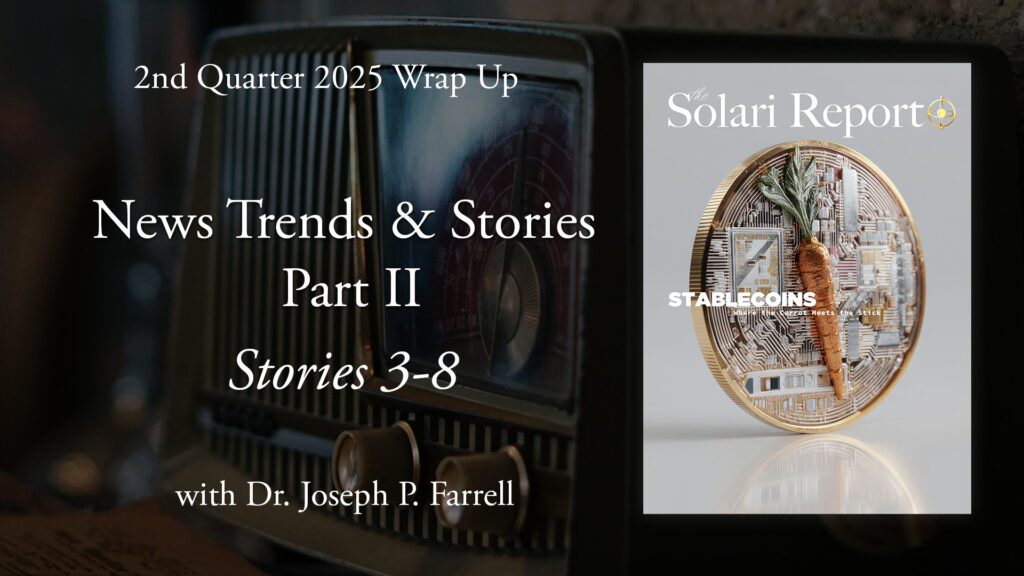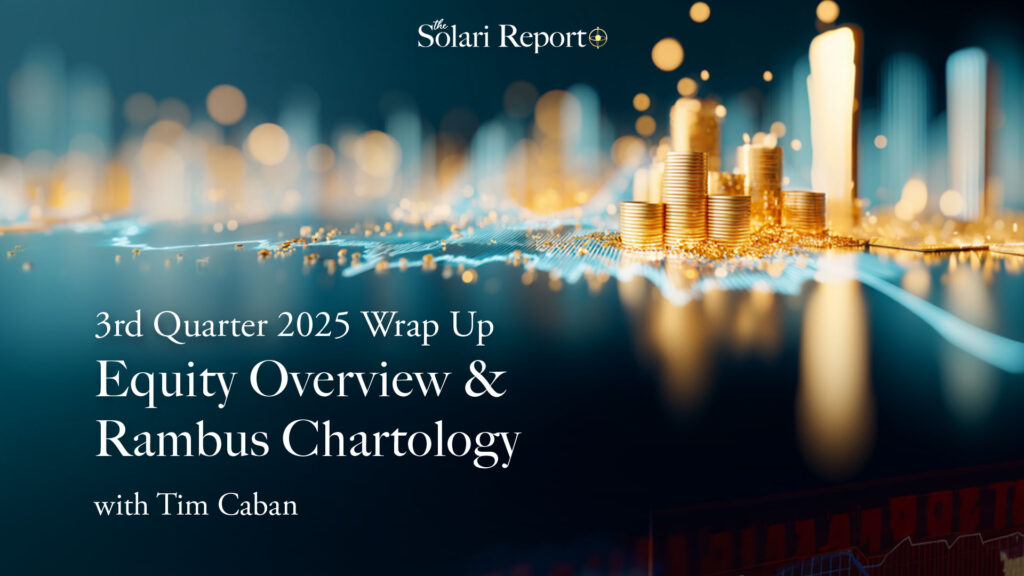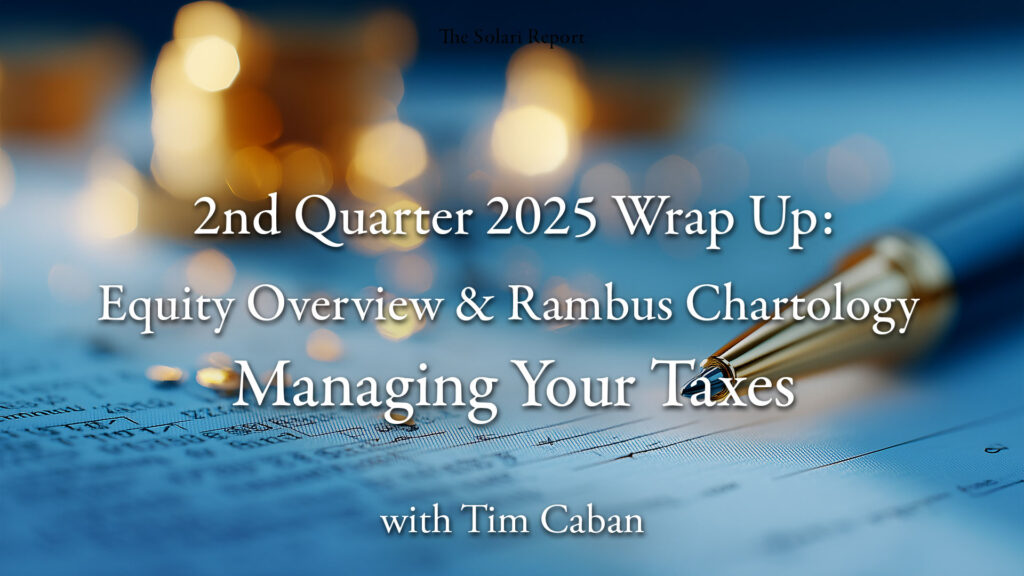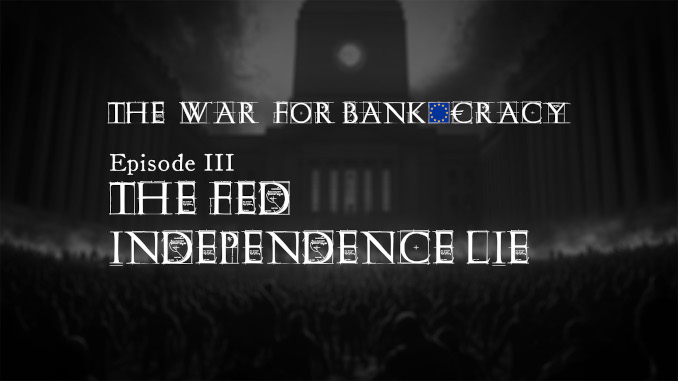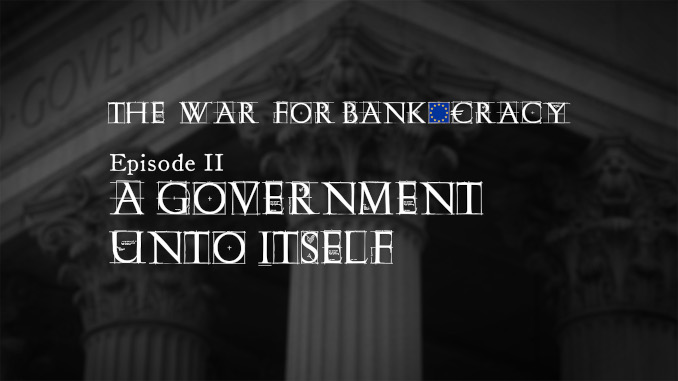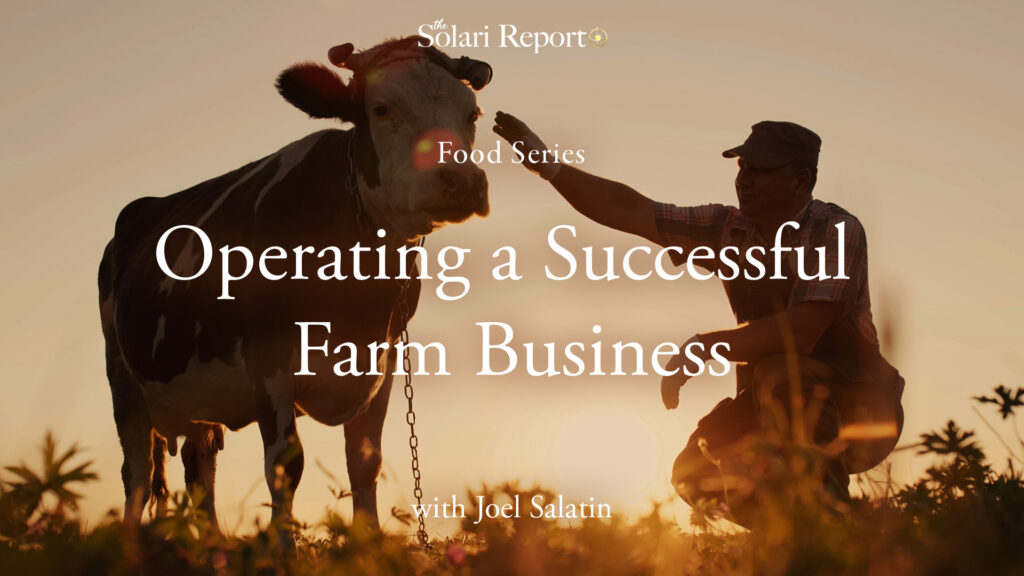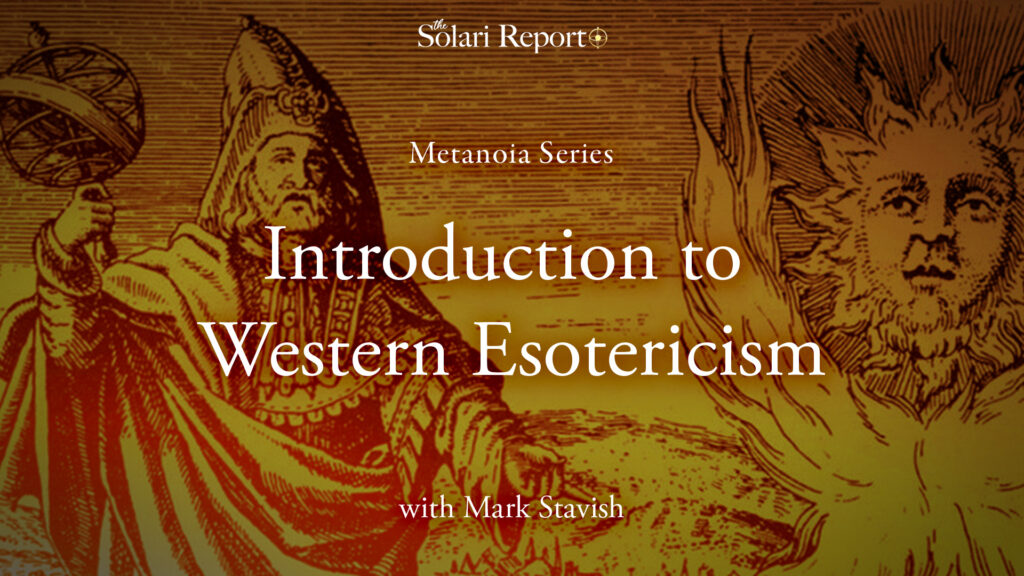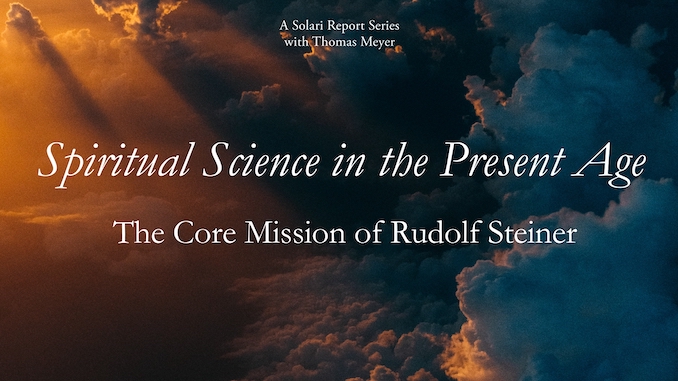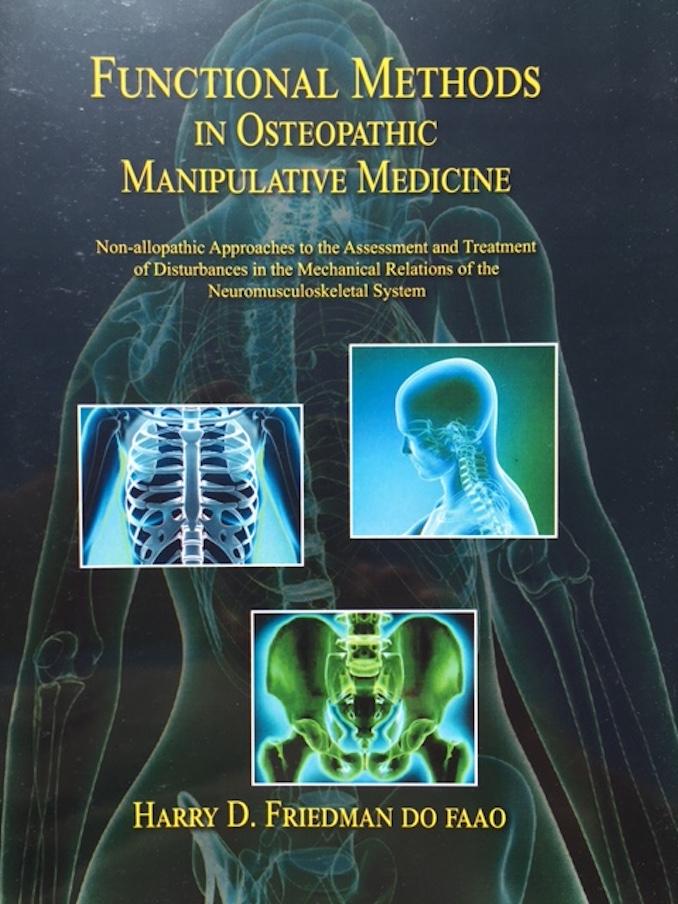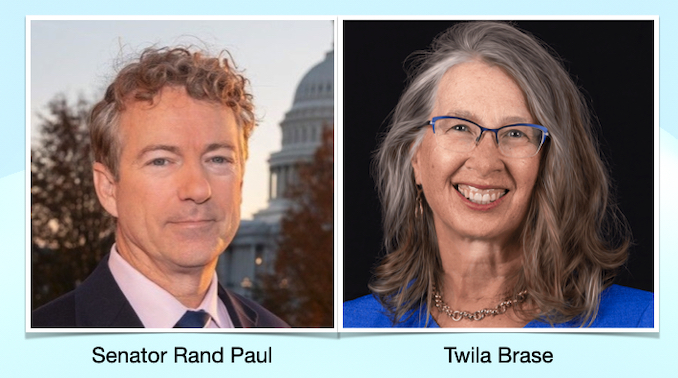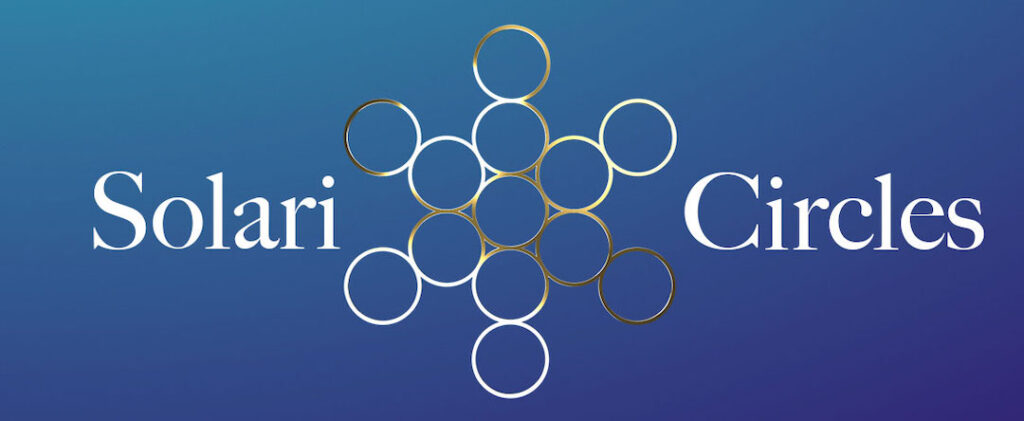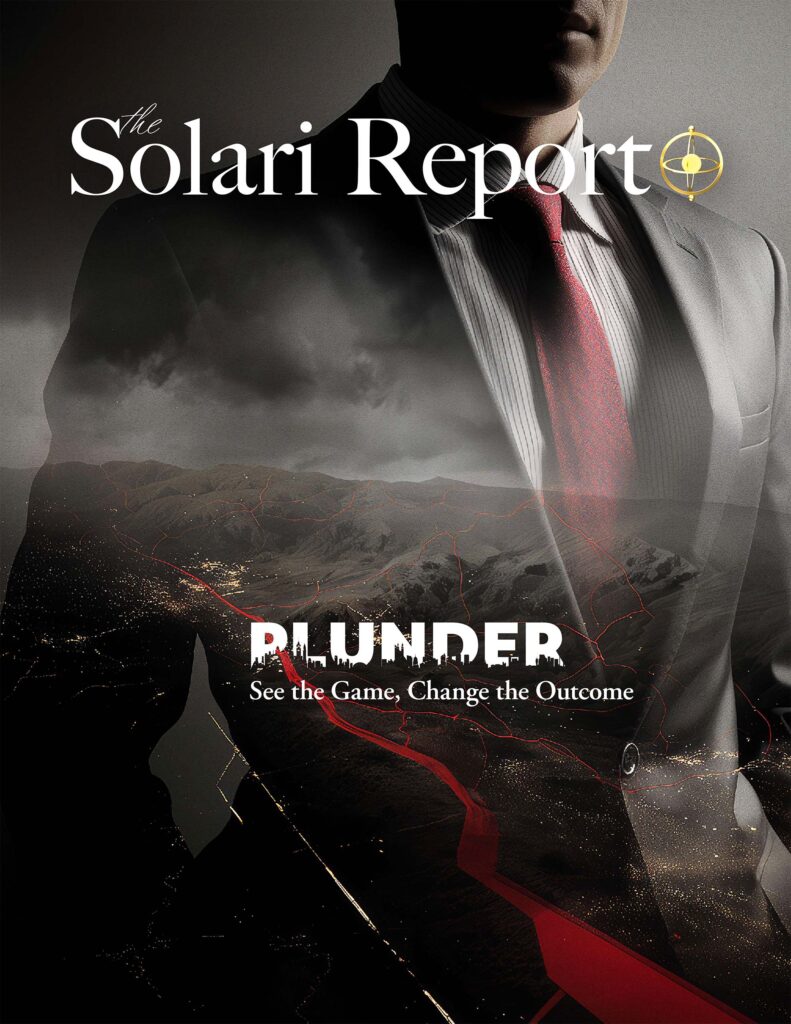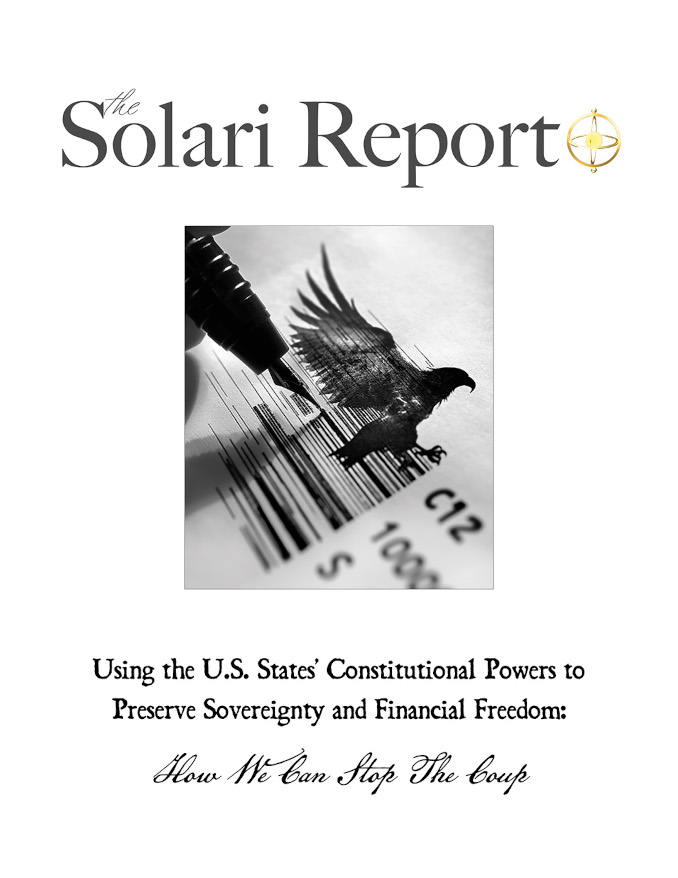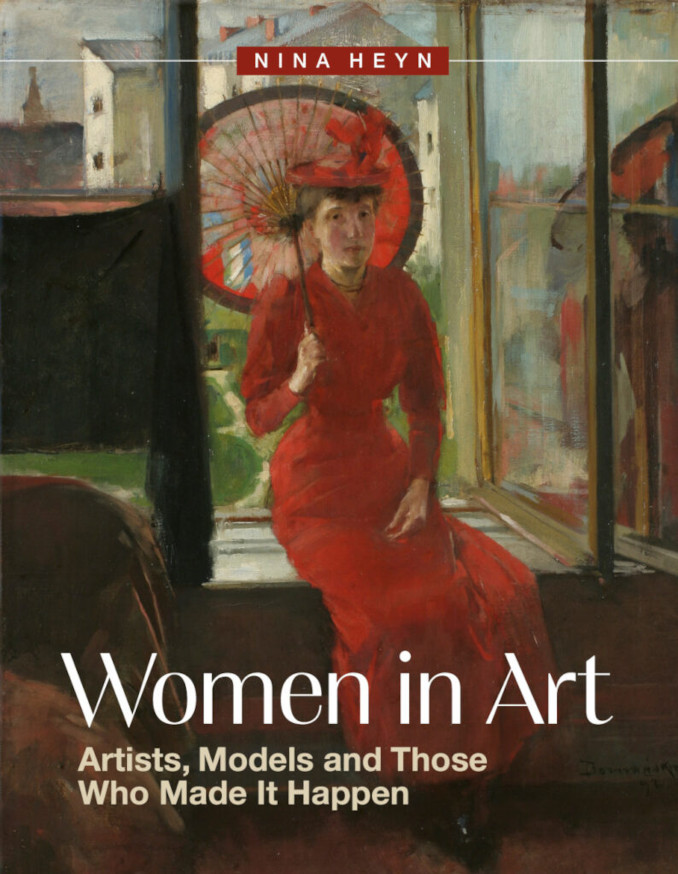
Food for the Soul: “Impressionists 1874” – How It All Began
Become a member: Subscribe
- Money & Markets
- Weekly Solari Reports
- Cognitive Liberty
- Young Builders
- Ask Catherine
- News Trends & Stories
- Equity Overview
- War For Bankocracy
- Digital Money, Digital Control
- State Leader Briefings
- Food
- Food for the Soul
- Future Science
- Health
- Metanoia
- Solutions
- Spiritual Science
- Wellness
- Building Weatlh
- Via Europa
Solari’s Building Wealth materials are organized to inspire and support your personal strategic and financial planning.

Missing Money
Articles and video discussions of the $21 Trillion dollars missing from the U.S. government
No posts
Your cart is currently empty!
- LATEST
- TOP SECTIONS
- SERIES
- Money & Markets
- Weekly Solari Reports
- Ask Catherine
- News Trends & Stories
- Equity Overview
- Cognitive Liberty
- Building Wealth
- The War for Bankocracy
- Digital Money, Digital Control
- State Leader Briefings
- Food
- Food for the Soul
- Future Science
- Health
- Metanoia
- Solutions
- Spiritual Science
- Wellness
- Via Europa
- BLOGS
- RESOURCES
- COMMUNITY
- My Account
- Log In
- Subscribe
- Search
- Shop
- Support
- Donate
- Log Out
Food for the Soul: “Impressionists 1874” – How It All Began


By Nina Heyn — Your Culture Scout
No matter how much or how little we know about fine art, we can all spot the difference between paintings by old masters and the art that was launched by post-Classical artists—Impressionists, Modernists, and representatives of all subsequent movements, from Surrealism to Abstractionism.
There are various reasons for this difference. In the world before the Enlightenment, the majority of people believed that the world created by God was perfect in every aspect and to paint was to get as close as possible to that perfection. The Renaissance humanists sought perfection for perfection’s sake—the more naturalistic the representation, the better was the painting. The belief in a “Great Chain of Being” (the medieval concept of the God-ordained hierarchy of creatures, from angels to worms) contributed to the expectation that all things painted—people, minerals, or plants—should be rendered with naturalism. Artists like Cézanne and Matisse were attacked viciously for years by art critics who were incensed that a human face would be green or a table crooked, with apples ready to slide off.
Our mission is to help you live a free and inspired life. This includes building wealth in ways that build real wealth in the wider economy. We believe that personal and family wealth is a critical ingredient of both individual freedom and community, health and well-being.
Nothing on The Solari Report should be taken as individual investment, legal, or medical advice. Anyone seeking investment, legal, medical, or other professional advice for his or her personal situation is advised to seek out a qualified advisor or advisors and provide as much information as possible to the advisor in order that such advisor can take into account all relevant circumstances, objectives, and risks before rendering an opinion as to the appropriate strategy.
Be the first to know about new articles, series and events.








